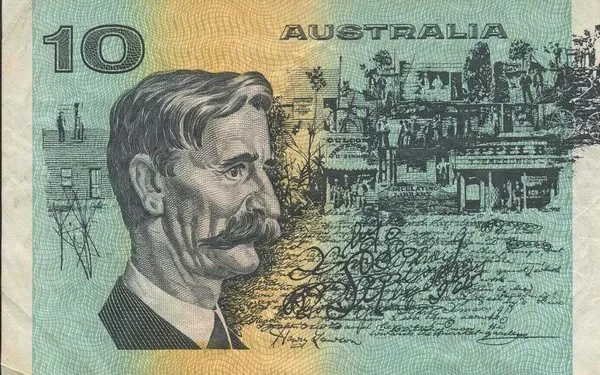The Australian Dollar (AUD) exhibited a notable resurgence on Friday, rebounding from a three-month low recorded at 0.6508 on Thursday. This upward trajectory was propelled by a weakened US Dollar (USD), influenced by a mix of economic data from the United States (US). The Australian Dollar (AUD) found additional support from improved Producer Price Index (PPI) data, contributing to the overall strength of the AUD/USD pair.
The Australian Bureau of Statistics released the PPI (YoY) for the fourth quarter, revealing a growth rate of 4.1%, surpassing the previous figure of 3.8%. The buoyant Australian money market further fortified the Australian Dollar. Analysts polled by Reuters unanimously anticipate the Reserve Bank of Australia (RBA) to maintain the interest rate at 4.35% in its February policy meeting.
Former RBA board member, Warwick McKibbin, suggests a potential stability in the Australian cash rate around 4.5% for an extended period. However, challenges have surfaced for the Australian Dollar, with bond traders raising expectations of early interest rate cuts by the RBA following an unexpectedly weak quarterly inflation report. Futures markets are currently pricing in two quarter-point reductions in 2024, with the initial adjustment projected in August.
The US Dollar Index (DXY) experienced losses after mixed US economic data on Thursday, coupled with subdued US Treasury yields. While Initial Jobless Claims for the week ending January 26 surpassed expectations at 224K, the ISM Manufacturing PMI exhibited improvement, rising to 49.1 from the previous 47.1 in January. Additional labor data, including US Average Hourly Earnings and Nonfarm Payrolls (NFP), is scheduled for release on Friday.
Market Movers: Key Developments
Australian Dollar Strengthens on Positive Aussie PPI: The Australian Producer Price Index (QoQ) for the fourth quarter grew by 0.9%, slightly lower than the previous 1.08% growth.
Australia’s Investment Lending for Homes Declines: In December, a 1.3% decline was reported, contrasting with the previous growth rate of 1.9%.
Australian Home Loans Decrease: December saw a 5.6% drop compared to the 0.5% growth in November.
Technical Analysis: Potential Test of Psychological Barrier at 0.6600
The Australian Dollar is currently trading around 0.6580, situated below the immediate resistance zone at 0.6594, marking the 23.6% Fibonacci retracement level and the psychological barrier at 0.6600. A successful breach above this resistance may propel the AUD/USD pair towards the 21-day Exponential Moving Average (EMA) at 0.6614, followed by a critical resistance level at 0.6650. On the downside, key support is identified at 0.6550, with a breach potentially leading to a retest of the weekly low at 0.6508.



























